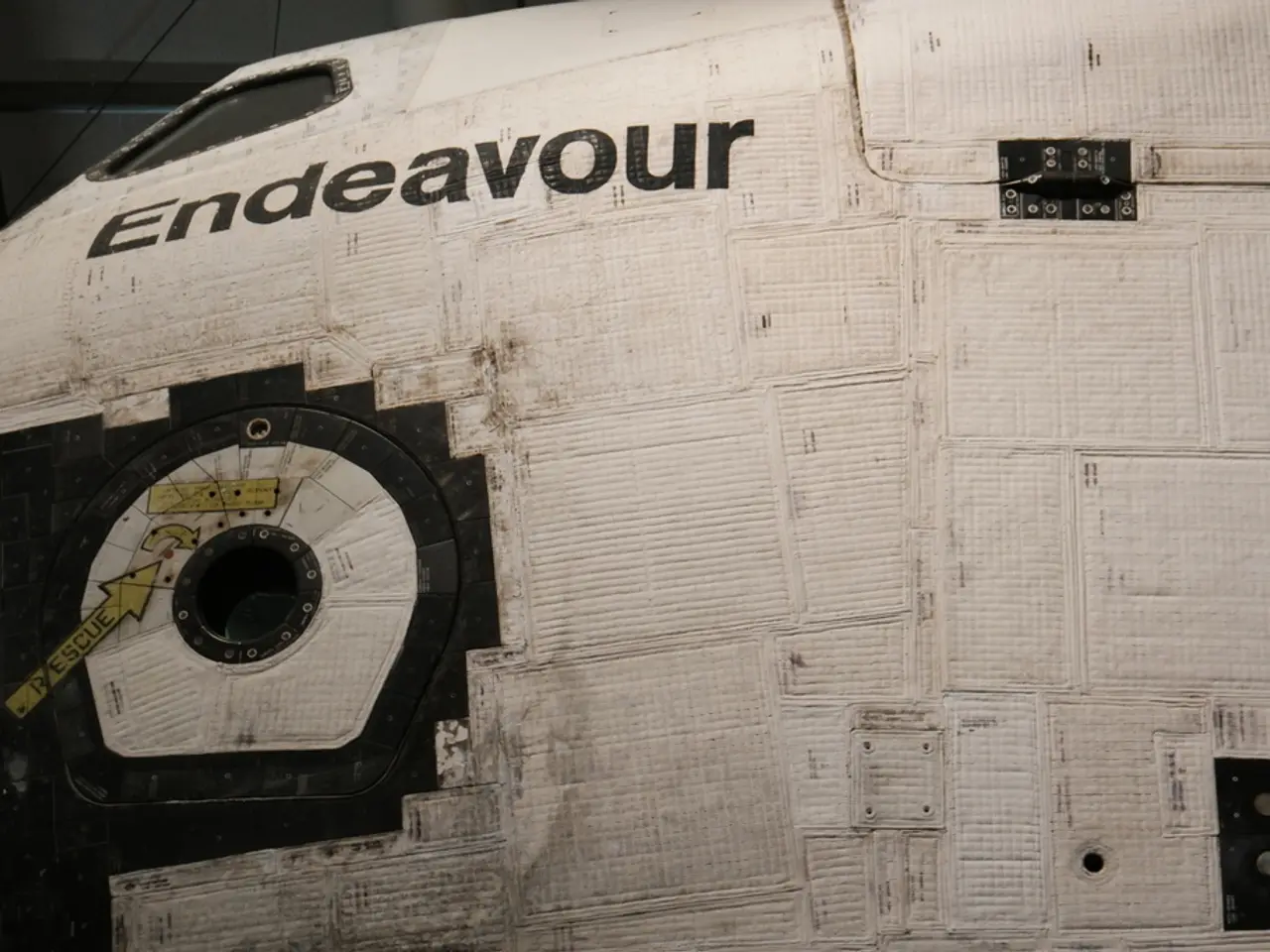Spacecraft Discovery takes off on August 30, 1984
Space Shuttle Discovery: A Pioneer in Space Exploration
The Space Shuttle Discovery, launched on August 30, 1984, marked the beginning of a remarkable 27-year career in space exploration. Over this period, Discovery became the most-flown orbiter in NASA's fleet, accumulating a total of 149 million miles.
Discovery's missions were marked by numerous technical challenges, including thermal shield flaws and computer and engine malfunctions during pre-launch. Initial launch attempts for Discovery were delayed or aborted in June and July 1984 due to identified technical issues necessitating repairs and software updates. A second launch attempt was halted only four seconds before lifting off due to a problem with one of the engines. An engine of Discovery was even replaced after the second launch attempt was aborted.
Despite these setbacks, Discovery's missions were crucial to the advancement of space exploration. The orbiter played a pivotal role in the construction and supplying of the International Space Station, the deployment of the Hubble Space Telescope, and visits to the Mir Space Station.
One of Discovery's most significant contributions was the launch of the Hubble Space Telescope during one of its missions. This telescope, with its unprecedented resolution, has revolutionised our understanding of the universe, providing insights into the formation of galaxies, the life cycle of stars, and the expansion of the universe.
Discovery also made history by being the first spacecraft to visit the Mir Space Station, a Russian orbital research laboratory, twice during its operational life. These visits facilitated international cooperation in space exploration and research.
One notable astronaut on an early mission (STS-51-G in 1985) was Sultan bin Salman bin Abdulaziz Al Saud, the first Arab astronaut. This marked a significant step in promoting diversity in space exploration.
Throughout its operational life, Discovery's crew was composed of NASA astronauts, each contributing to the success of the missions. The astronauts varied across the many missions, with one common goal: to push the boundaries of human knowledge and capability in space.
Discovery's operational lifespan lasted for 27 years, during which it flew 39 missions. Its final flight was on February 24, 2011, marking the end of an era in space exploration. However, the legacy of the Space Shuttle Discovery continues to inspire and guide future missions, as we continue to reach for the stars.
Read also:
- Peptide YY (PYY): Exploring its Role in Appetite Suppression, Intestinal Health, and Cognitive Links
- Toddler Health: Rotavirus Signs, Origins, and Potential Complications
- Digestive issues and heart discomfort: Root causes and associated health conditions
- House Infernos: Deadly Hazards Surpassing the Flames








